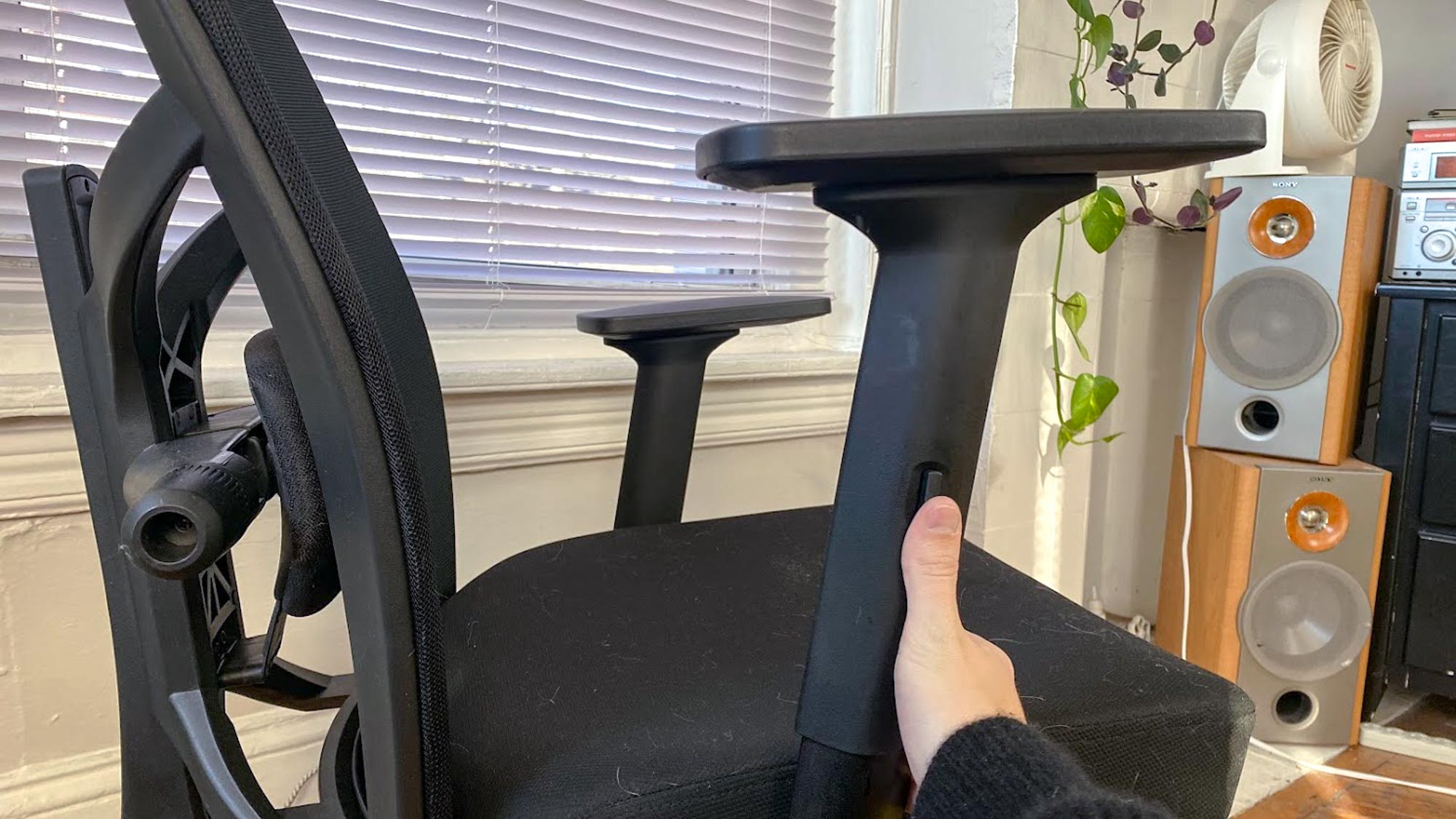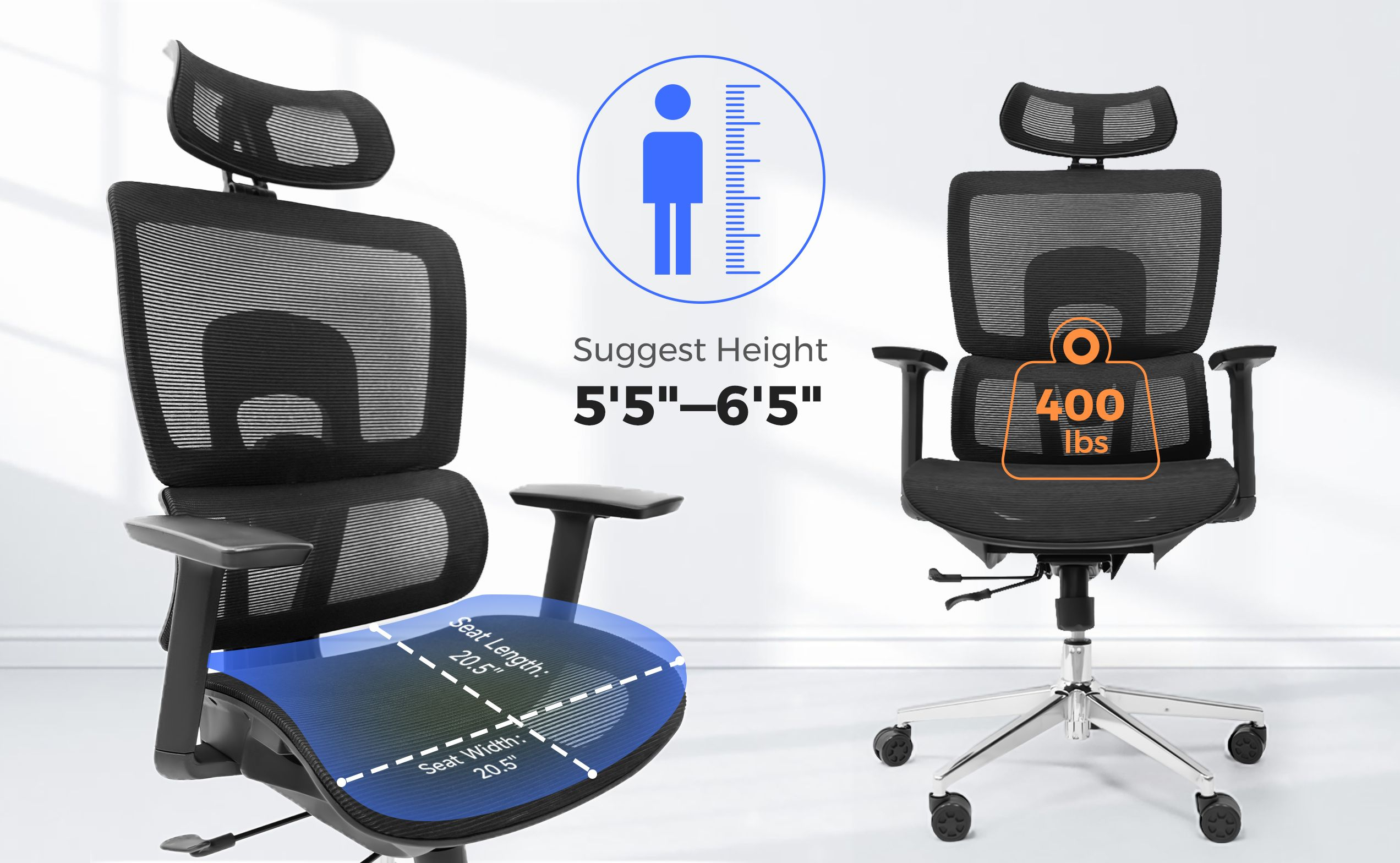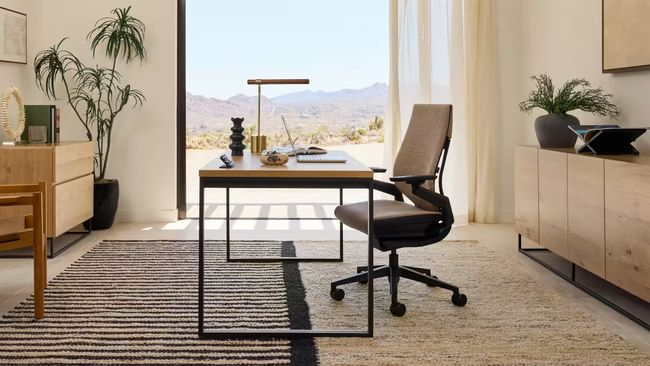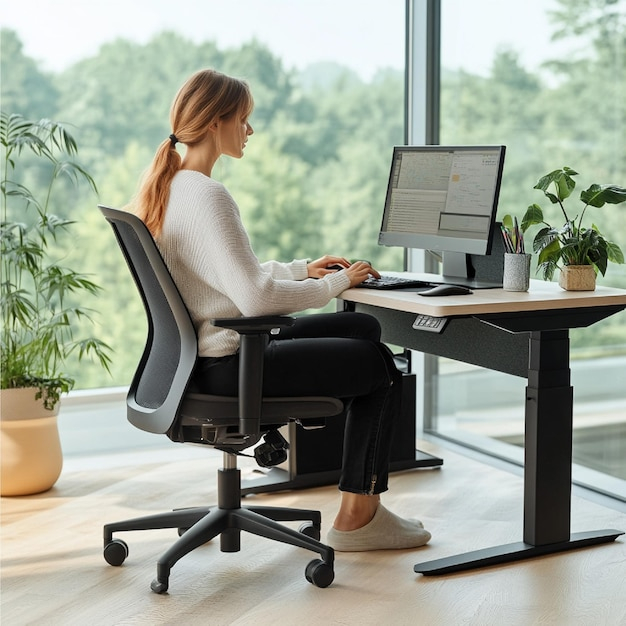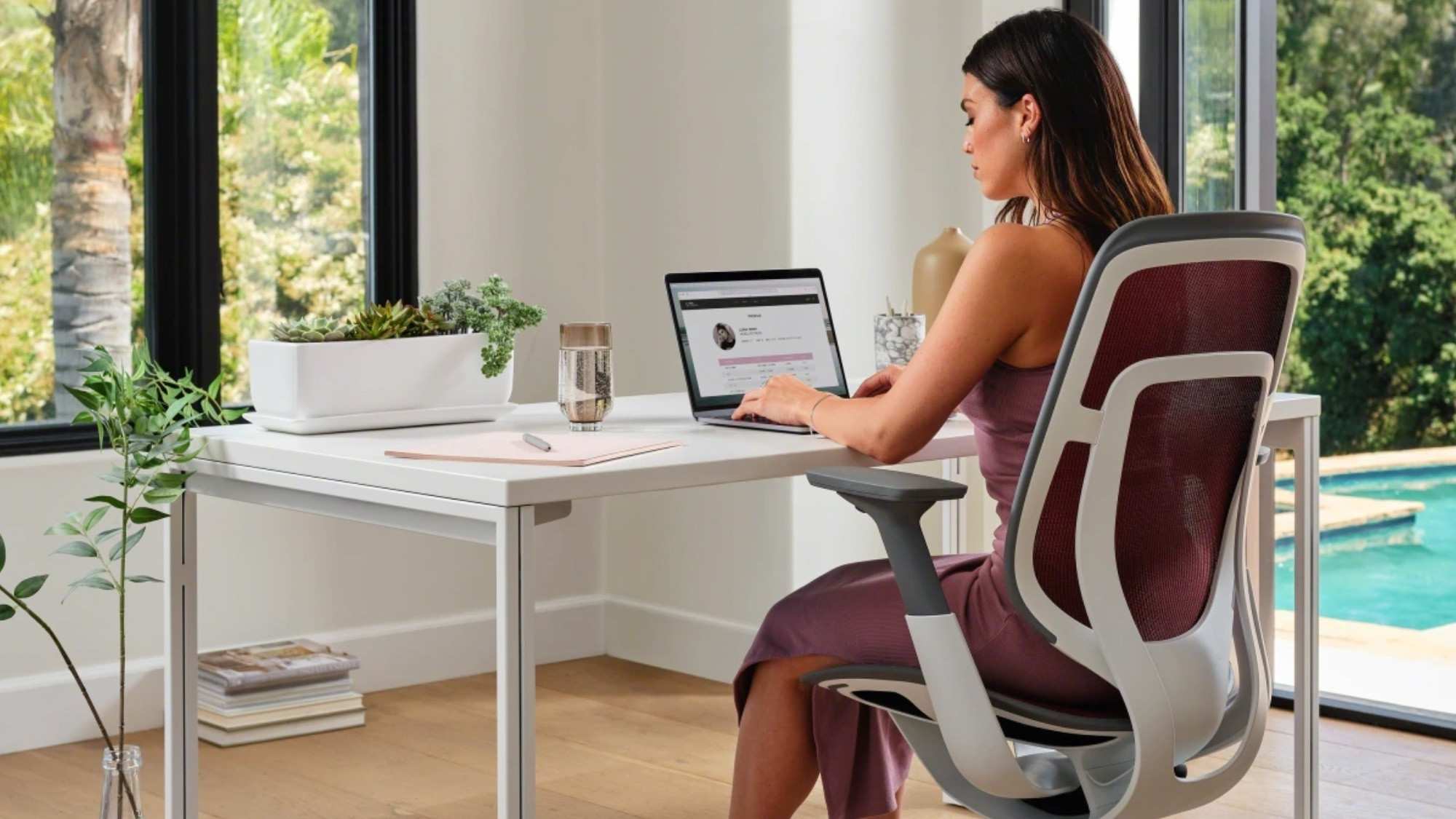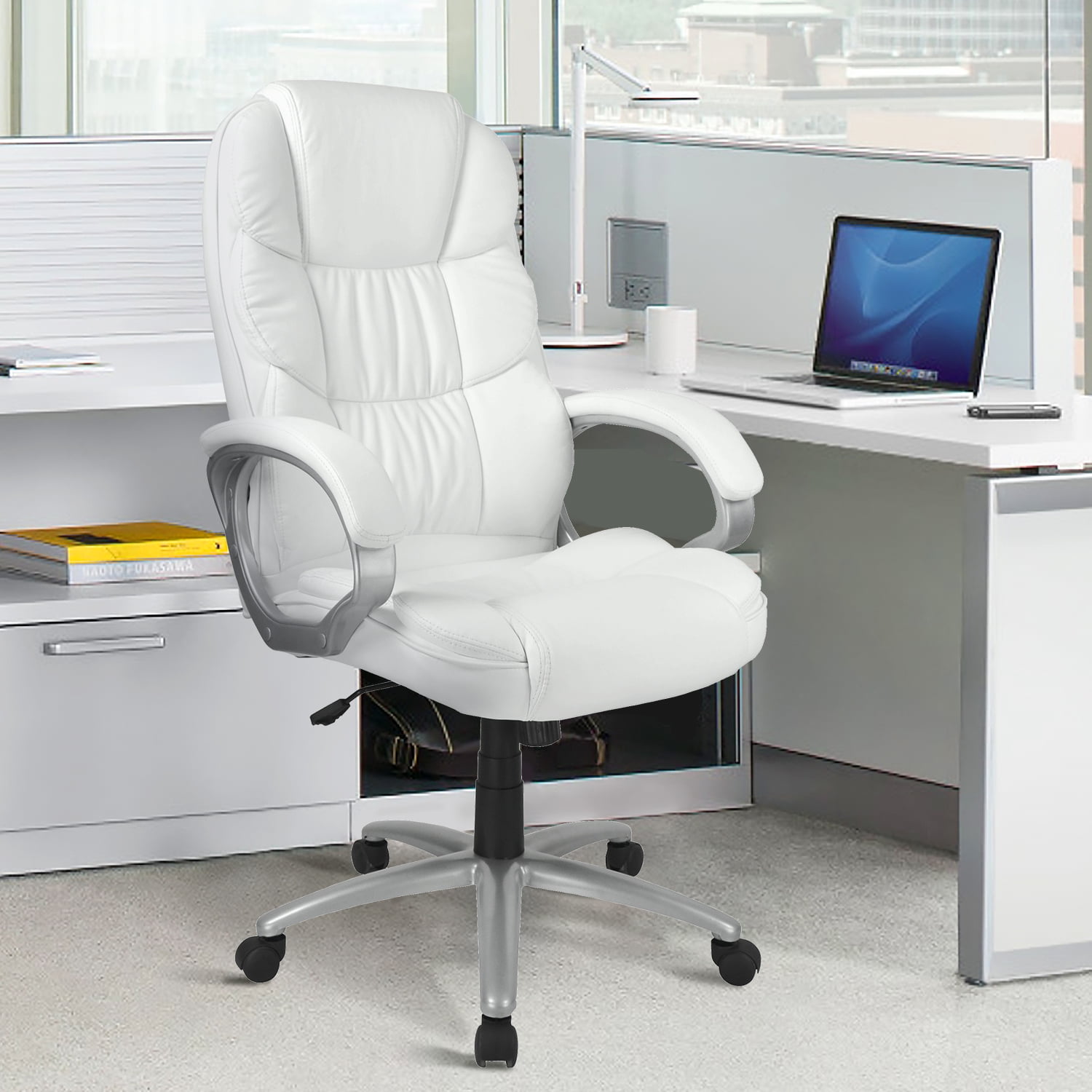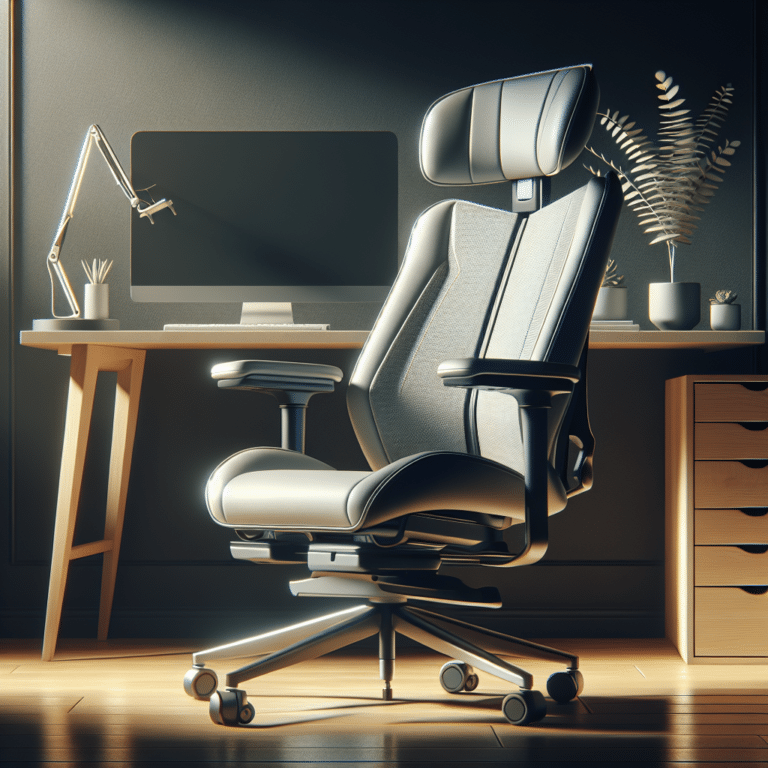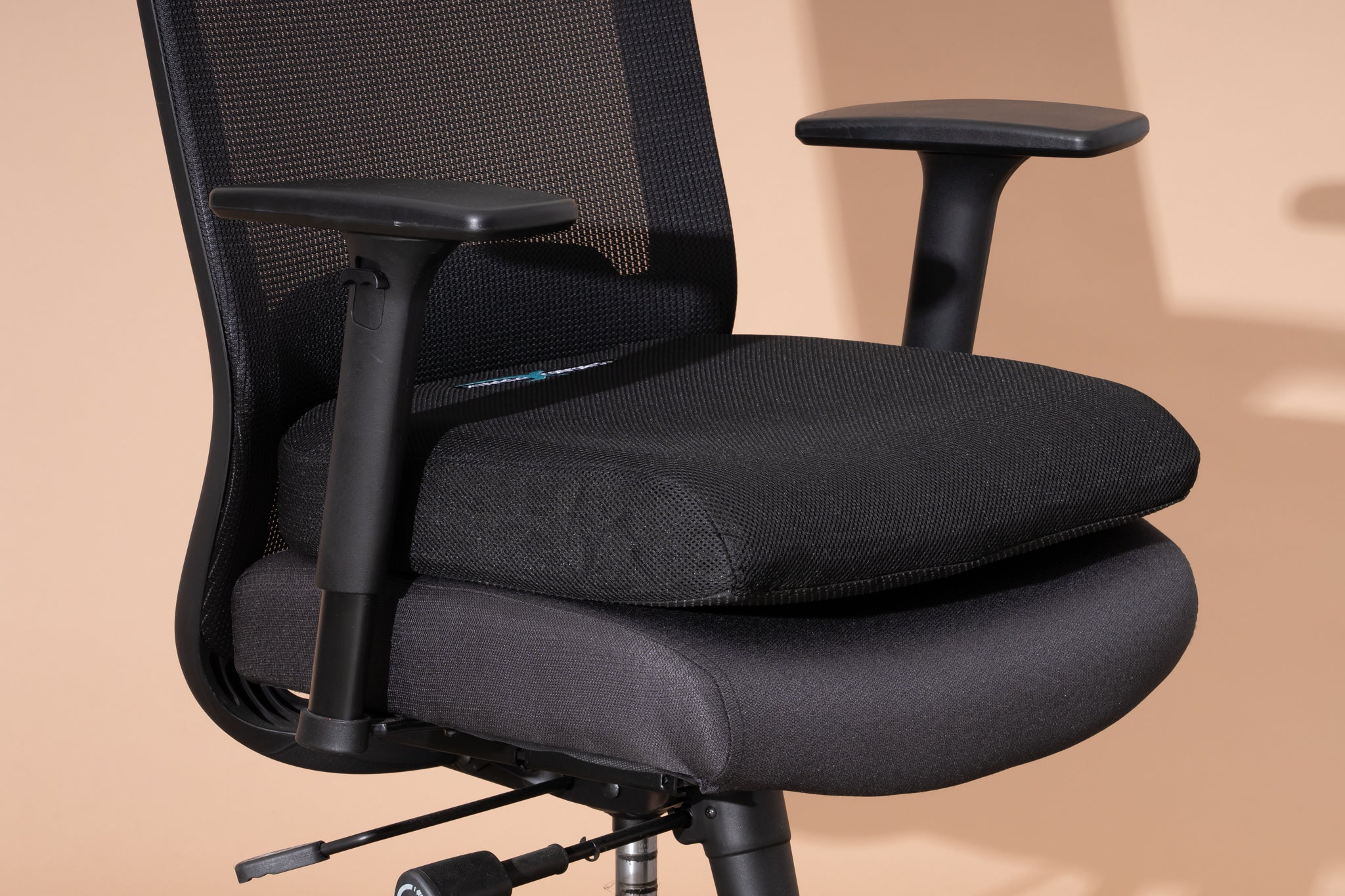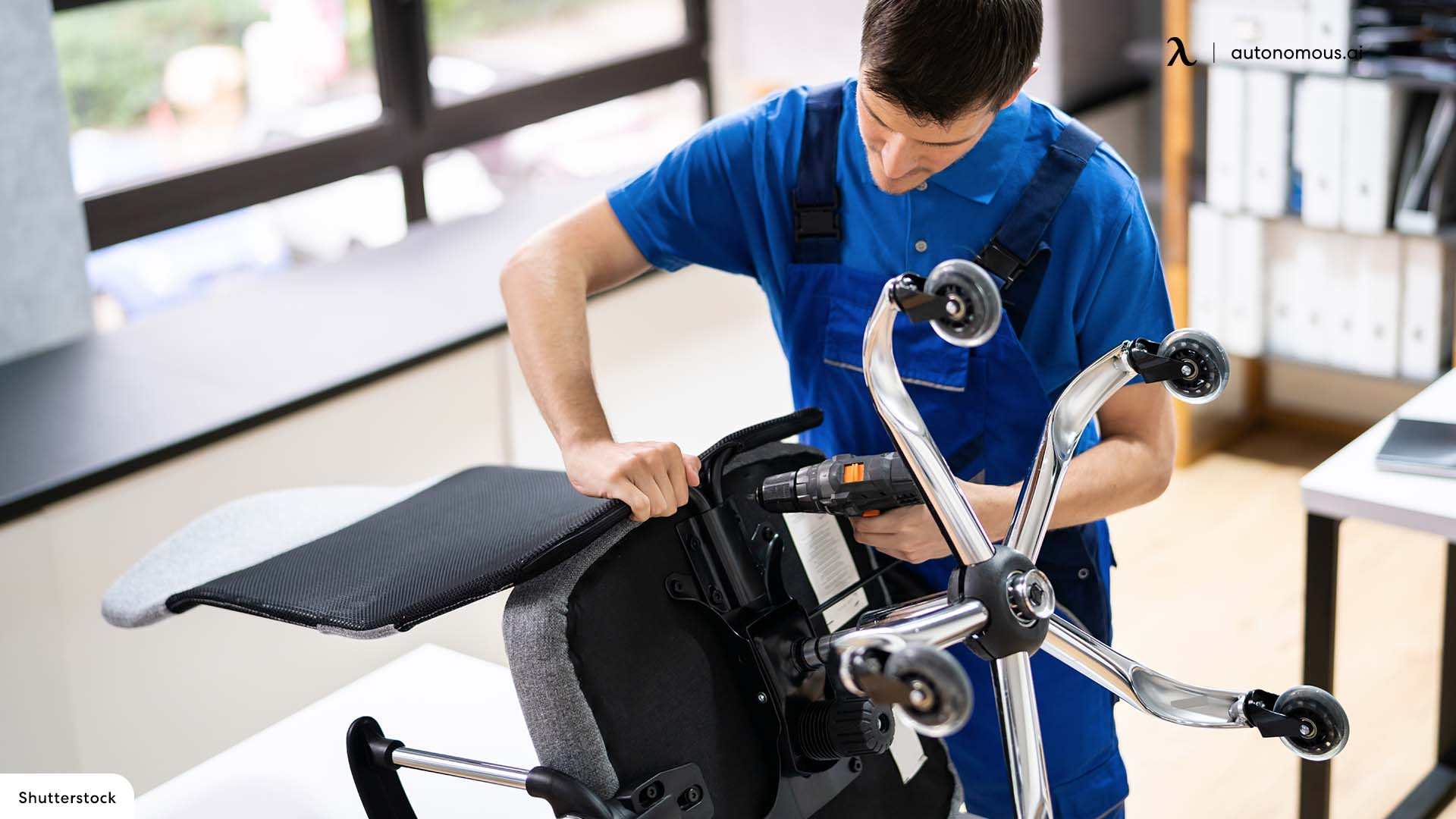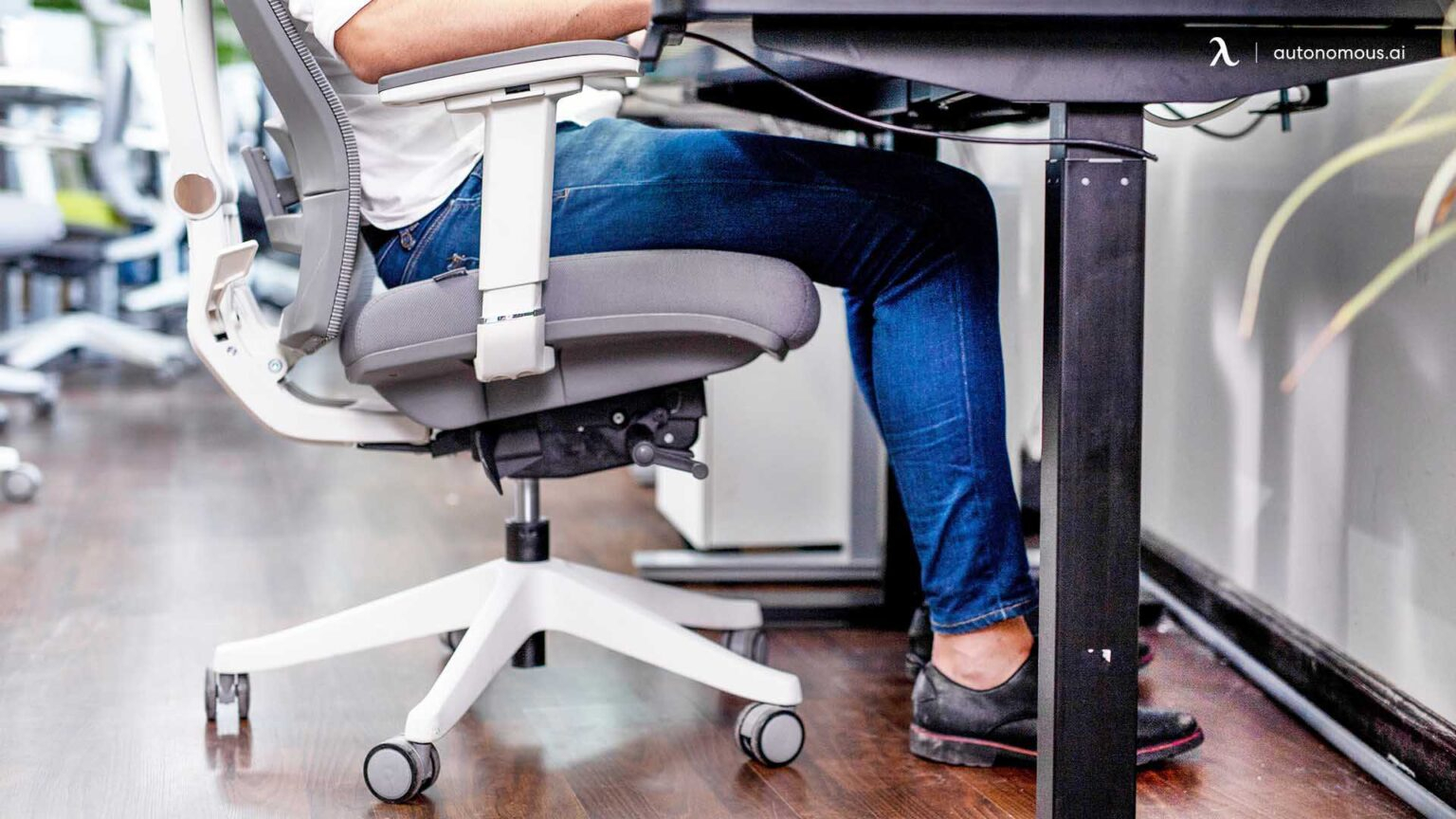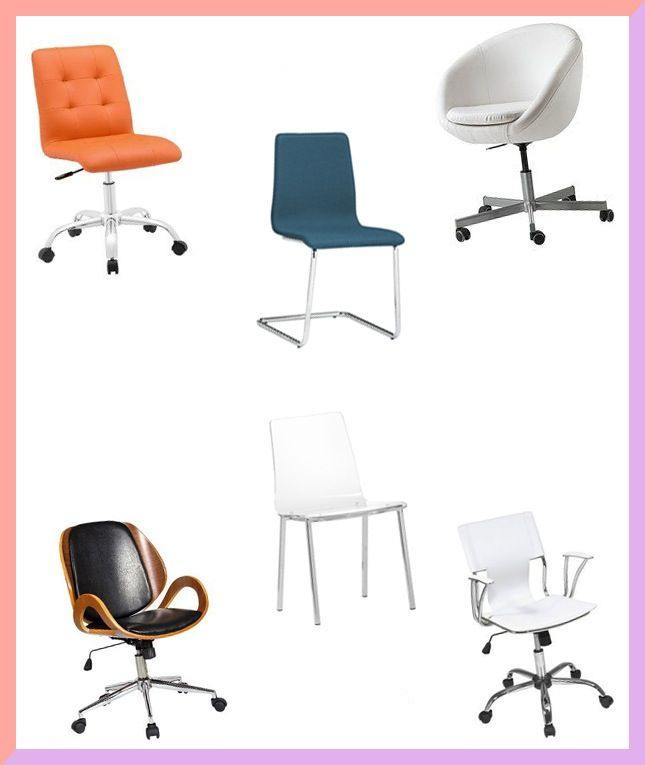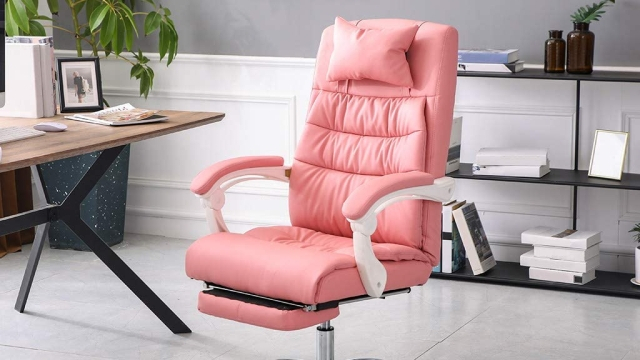Think about it. You probably spend more time in your office chair than anywhere else, aside from your bed. Wouldn’t it make sense to make that time as comfortable and supportive as possible? A well-adjusted chair isn’t just about avoiding aches and pains; it’s about creating an environment where you can truly focus and perform at your peak. Let’s dive into how you can fine-tune your seat to perfection.
We often overlook the humble office chair, treating it as just a place to park ourselves. But this piece of furniture is actually a critical tool for our well-being and effectiveness throughout the day. When it’s not set up right, it can lead to a cascade of discomfort: a sore back, stiff neck, tired legs, and even reduced concentration. But the good news is, most modern office chairs are incredibly adaptable. With a few key adjustments, you can transform your seating experience from a source of strain into a foundation for productivity. It’s all about understanding the levers and knobs and knowing what they do for your body.
The Foundation: Seat Height
This is arguably the most crucial adjustment. Getting your seat height correct sets the stage for all other ergonomic considerations. The goal here is to have your feet flat on the floor with your knees bent at roughly a 90-degree angle. Your thighs should be parallel to the ground, or perhaps sloping slightly downwards. Why is this so important? When your feet are flat and your knees are at 90 degrees, it promotes good circulation in your legs and reduces pressure on your lower back. If your chair is too high, your feet will dangle, putting stress on your thighs and potentially affecting blood flow. Too low, and your knees might be higher than your hips, which can also lead to discomfort and strain. Most chairs have a lever under the seat to adjust the height; simply lift yourself up or press down while seated to find that sweet spot.
Back Support: Lumbar and Recline
Your spine has a natural ‘S’ curve, and the chair should support this, especially the lower part (lumbar region). Many chairs come with adjustable lumbar support, a knob or lever that lets you move the backrest’s curve in and out, or up and down, to match the natural inward curve of your lower back. You want to feel a gentle, supportive pressure here. Beyond the lumbar, consider the recline. A slight recline, perhaps 100-110 degrees, can take a lot of pressure off your spine compared to sitting perfectly upright. Some chairs allow you to lock the recline, while others offer a dynamic tilt that moves with you. Experiment to find a position that feels both supportive and relaxed. Don’t be afraid to lean back occasionally; it’s good for your back!
Armrests: Finding Your Elbow’s Happy Place
Armrests are designed to support your forearms, allowing your shoulders to relax. When adjusted correctly, your elbows should be bent at about a 90-degree angle, and your forearms should rest comfortably on the armrests without you having to hunch your shoulders. If the armrests are too high, you’ll find yourself shrugging, leading to neck and shoulder tension. Too low, and they won’t provide adequate support, meaning your arms will be carrying more weight than they should. Many armrests are adjustable in height, width, and even pivot. Play around with them to see what feels most natural and helps you keep your upper body loose. Sometimes, the best position is to have them just low enough so you can comfortably type without hitting them.
Seat Depth: The Crucial Gap
This adjustment is often overlooked but is vital for proper leg support. The seat depth refers to how far forward or backward the seat pan extends. When sitting with your back against the backrest, you should be able to fit about two to three fingers between the edge of the seat and the back of your knees. If the seat is too deep, it can cut off circulation behind your knees and force you to sit forward, losing back support. If it’s too shallow, the front edge of the seat might dig into your legs, causing discomfort. Some chairs have a seat slide mechanism, often a lever under the seat, that allows you to adjust this. It’s a game-changer for people with shorter or longer thighs.
Putting It All Together: A Holistic Approach
Once you’ve adjusted the basic elements – height, lumbar, armrests, and seat depth – take a moment to check in with your body. Are your feet flat? Are your knees at a comfortable angle? Is your back supported? Are your shoulders relaxed? Can you comfortably reach your keyboard and mouse without straining? It’s not about finding one perfect, static position, but rather creating a supportive base that allows for natural movement. Consider adding a footrest if your feet don’t quite reach the floor comfortably even after adjusting the height, or a lumbar pillow if your chair’s support isn’t quite hitting the mark. Small additions can make a big difference.
Beyond the Adjustments: Movement is Key
Even the most perfectly adjusted chair can’t compensate for prolonged sitting. The real secret to a healthy workday isn’t just finding the perfect static posture, but incorporating movement. Get up and walk around every 30-60 minutes. Stretch your legs, arms, and back. Even small movements, like shifting your weight or doing a quick neck roll, can prevent stiffness and fatigue. Think of your chair as a supportive partner, not a permanent fixture. It enables you to sit comfortably, but your body still needs to move and breathe. So, use those adjustments to set yourself up for success, and then remember to break up the sitting time.
Taking a few minutes to properly adjust your office chair is an investment in your health and your work output. It’s about creating a personal workspace that actively supports you, rather than detracting from your well-being. By understanding and utilizing the adjustment features – from seat height and depth to lumbar support and armrests – you can significantly reduce discomfort, prevent strain, and unlock a more focused and productive workday. Don’t underestimate the power of a well-fitted chair. Make these simple tweaks, and feel the difference it makes. Your body will thank you, and your work will show it.


